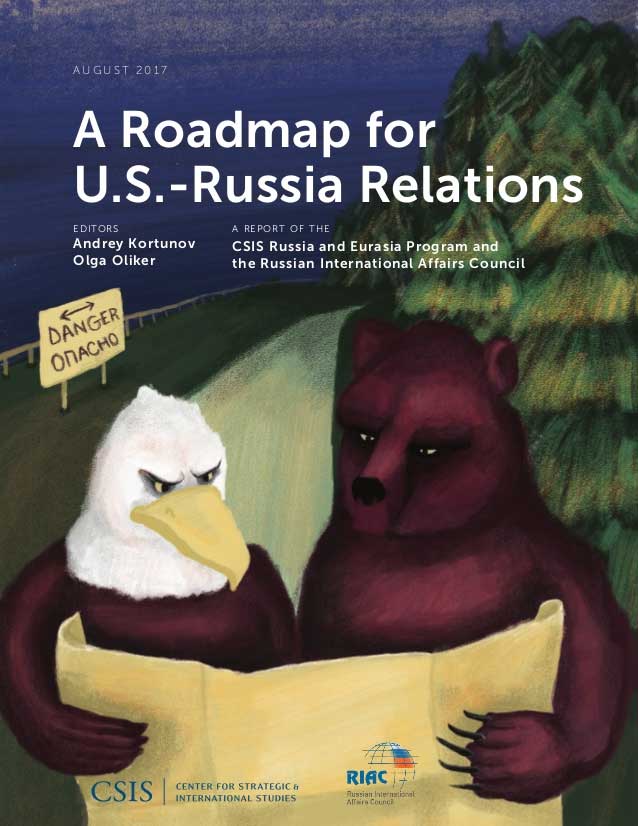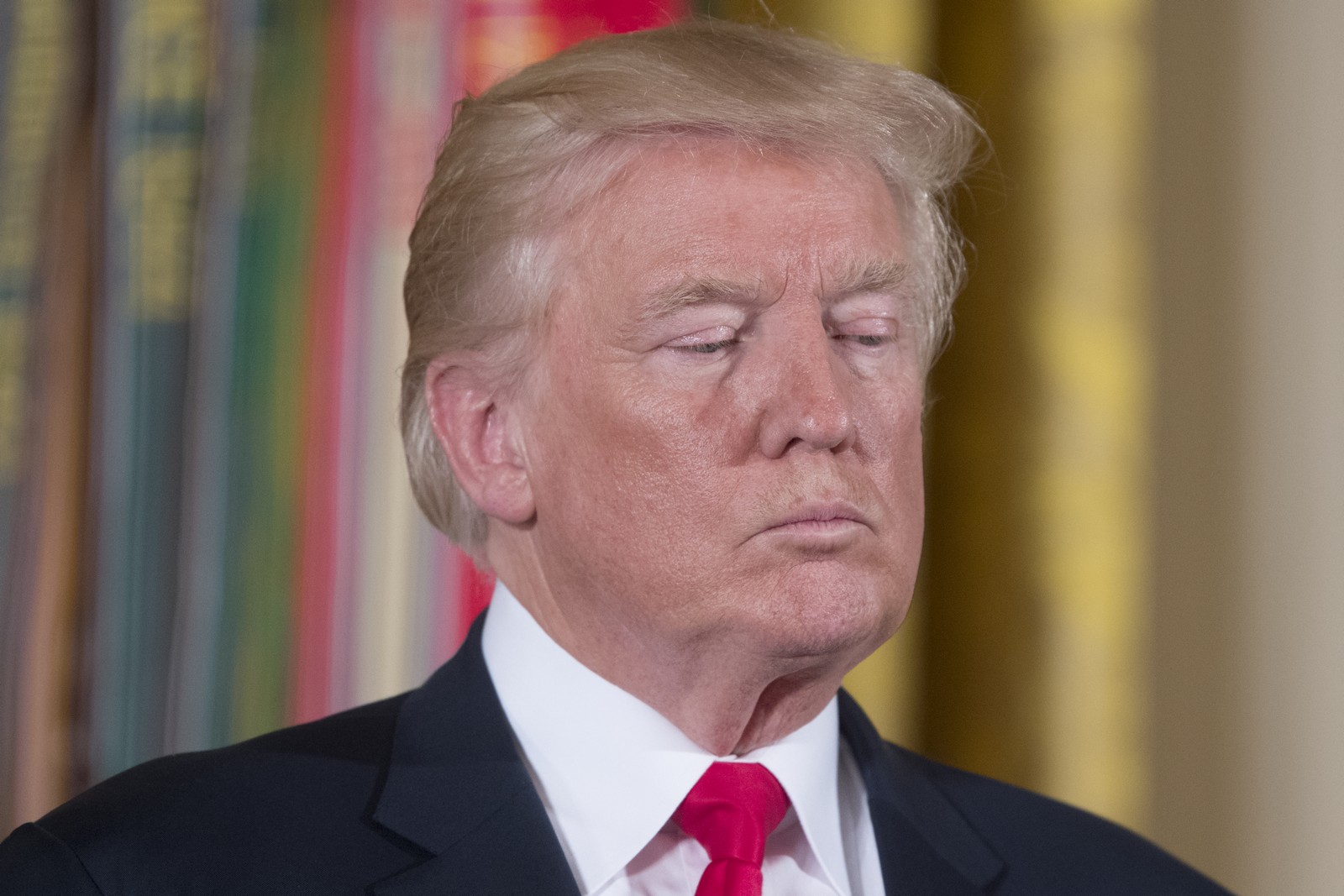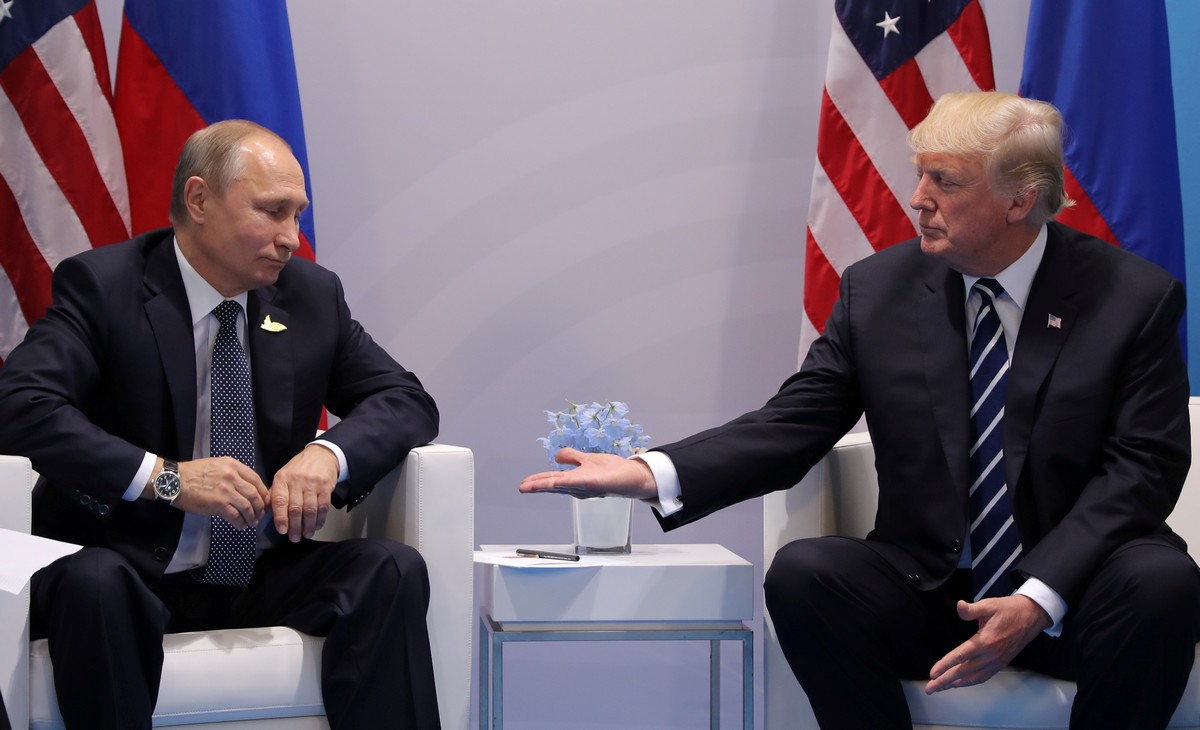Both the US and Russia chose typologically similar, yet differently executed strategies. These are the strategies of attempting not so much to contain the opponent, as to exhaust the opponent’s willingness to continue the confrontation.
Adjusting Russia’s policy by, among other things, decreasing the heat of the public confrontation, exhibiting a greater restraint in the media coverage of relations with the West and abandoning symmetrical answers to the pressure through sanctions cannot guarantee a defeat of the negative image of Moscow in the US domestic political discourse. Nevertheless, such adjustment will at least reduce the possibility of further whipping up the hysteria that pushes for transferring the combativeness into the new areas of confrontation. Such an adjustment does not require retreats from Moscow’s principled stance on such issues as the Ukrainian and Syrian conflicts or NATO’s activities. An adaptation of Russia’s policies would mean transitioning from the logic of struggle of attrition to a less costly course of strategic temporizing.
When Donald Trump was elected President of the US in 2016, this development resulted in qualitative change in Russia–US relations, but it was not the kind of change many observers had been counting on. While previously the US establishment ignored and underestimated Moscow, now it proceeded to exacerbate the Russian threat. If Russia’s foreign policy continues to follow established models and style of behavior toward the West in such circumstances, it entails much higher risks than before. In the new situation, the demand is growing not for presence in the public discourse, but for quiet diplomacy and strategic restraint.
Unequal finances, asymmetric determination, and conflict equilibrium
Tensions in the Russia–US relations that have been growing since 2014 stressed and accentuated contradictions that had been accumulating for the two previous decades. Differences in opinions on the current issues of the international agenda were determined by differences in the parties’ stances on the principles of structuring international order, on rights and obligations of individual players in the world system, and on the regional architecture of the Euro-Atlantic and post-Soviet spaces. In 1990s–2000s, these contradictions were sometimes mitigated by the parties’ desire to partially accommodate mutual grievances, or, more often, by deliberately “freezing” or even mutually disregarding them.
However cautious Russia’s leadership was in their statements concerning the prospects of normalizing relations with Washington, they could hardly hide their optimism after Donald Trump was elected President in November 2016. Nonetheless, hopes for a speedy normalization of the bilateral relations during the first six months of Trump’s presidency did not come true. At the same time, Mr. Trump’s election led to a major change of the strategic situation in the Moscow–Washington interaction. Suspicions regarding Russia’s meddling in the US elections altered the balance of the parties’ involvement. In the minds of the US political establishment, Russia was transformed from a regional power that throws the wrench into the works of individual, often peripheral conflicts, into a central element of US domestic policies.
Regular reports of Mr. Trump’s team’s confirmed and alleged ties to Russian citizens and official representatives are a tool the US President’s domestic opponents use to discredit him. At the same time, they are projected on the US–Russia interaction. Under such circumstances, counteracting Russia does not serve the goals of some abstract “protection of democratic values” in remote Ukraine or Syria, but is immediately linked to America’s national security and sovereignty (1;2). Accordingly, Moscow loses its psychological advantage stemming from the priority the issues that were the subject of confrontation in 2014–2016 had for Russia and from its readiness to pay greater costs to adhere to its stance.
From public confrontation to quiet diplomacy
Changes in the US perception prompt Russia to adjust its policies toward the US and the US-led Western coalition. Even if Russia’s opponents belief that the sanctions pressure coupled with unfavorable situation will bring about political changes in Russia is mistaken, the hope that Russia’s patience will outlast that of the opponents, that Moscow will be able to wait until the West tires of confrontation is also not coming true (1;2;3). Lesser wherewithal compared to the opponent does not necessarily dictate the need for concessions, but it prompts a state to be more creative.
Given Washington’s greater sensitivity toward Moscow’s action, one of the possible areas for adjusting Russia’s strategy is “lowering the public profile” of its activities. Since the second half of the 2000s, Russia has adhered to a complete opposite approach: when the US ignored its interests, Russia used harsh rhetoric and instrumental confrontation in order to attract the US attention [10]. Such attempts were manifested in Vladimir Putin’s famous Munich speech of 2007, in renewing the flights of strategic aviation in the Western hemisphere, in suspending Russia’s participation in the Treaty on Conventional Armed Forces in Europe, and subsequent similar steps.
The past decade witnessed the formation of Russia’s recognizable style of dealing with the West founded on the proclivity for stark foreign political statements prompting extensive public reaction. To service this signaling system, a powerful information assistance machine was established. As a result, Moscow has restored its reputation (among part of the Western audience as well) as a powerful actor on the international arena capable of standing up to “the only superpower.”
Such recognition should not overshadow the initial purpose of the steps taken: to force Western partners to negotiate and to take Moscow’s stance into account when carrying out their policies. The purpose was not achieved, and when the Russian threat to the US security is overestimated, continuing the practice of demonstrative foreign political steps promises more oil thrown on the fire.
In such a context, the most justified steps are taking the heat out of the public rhetoric (both in the official channels and in the Russian media that broadcast internationally) and out of Russia’s public presence in the American information space, a less sensitive reaction to the regular provocations from the US and its allies (such as extending the sanctions to new groups of individuals and legal entities). Care in contacts with US representatives and in the media coverage of such contacts would allow reducing grounds for US media’s speculations that contribute to whipping up the anti-Russian hysteria.
Russia should also abandon the practice of presenting agreements achieved with individual members of the western coalition on particular problems as evidence of disagreements within the coalition or of its impending split. Given the broad range of shared interests in the less politicized areas, such compromises could be achieved outside the context of principal differences and in a non-formal manner.
The experience of interaction on the Syrian problem clearly confirms the fruitfulness of such an approach. Publicly declared ideas of forming a grand coalition to fight radical Islamism after the Trump Administration’s coming to power were never put into practice.
The cost of escalation and the value of an alternative
Given the prospects of the Russia–US confrontation persisting long-term, a question begs to be asked why the strategy needs to be revised at all and why de-escalation should be striven for. The proposed adjustment is intended primarily to prevent further exacerbation of combativeness in those areas that are of greatest significance for both parties: in the issues of strategic balance and cyber security.
Increasing contradictions between Moscow and Washington already have a negative impact on controlling non-proliferation of nuclear weapons and their delivery systems. In particular, the proponents of withdrawing from the 1987 Intermediate-Range Nuclear Forces Treaty in US Congress are becoming more and more vocal. If this Treaty is abolished, the 2010 New Strategic Arms Reduction Treaty may become the next victim of bilateral tensions. If the strategic stability regime collapses, it will result in increased mutual suspicions and prompt the parties to step up their defense spending. Ultimately, Russia and the US will find themselves in a much less predictable environment that bears serious risks for military security.
If mutual accusations are further heaped up, the probability of the Russia–US arms race in cyber space becomes greater. Since cyber space is perceived as a new confrontation space that lacks even unofficial rules of the game, the risk of mutual miscalculations and uncontrollable escalation there is even greater than in the traditional nuclear area.
Adjusting Russia’s policy by, among other things, decreasing the heat of the public confrontation, exhibiting a greater restraint in the media coverage of relations with the West and abandoning symmetrical answers to the pressure through sanctions cannot guarantee a defeat of the negative image of Moscow in the US domestic political discourse. Nevertheless, such adjustment will at least reduce the possibility of further whipping up the hysteria that pushes for transferring the combativeness into the new areas of confrontation. Such an adjustment does not require retreats from Moscow’s principled stance on such issues as the Ukrainian and Syrian conflicts or NATO’s activities. An adaptation of Russia’s policies would mean transitioning from the logic of struggle of attrition to a less costly course of strategic temporizing.







